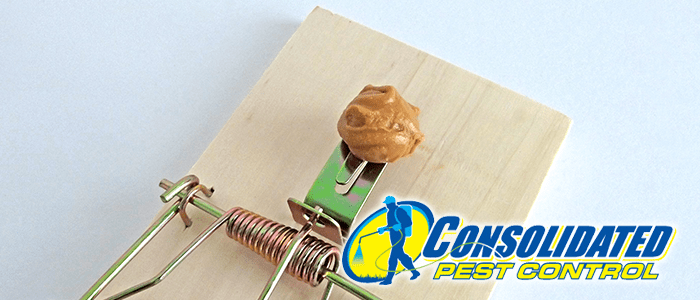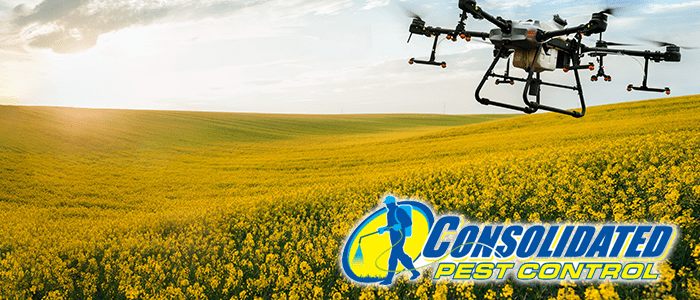
Five Palm Tree Pests to Avoid
We love our Florida palm tree. They add an iconic sense of beauty to any property, and they’re a Florida trademark. However, if you’re one of the lucky people who cares for palms on your property, their hardiness might fool you. Well-grown palm trees are very hardy, so in most cases, they don’t need much care. However, damaged trees can become sick and attract pests. If you’ve hurt your tree in transit or had some other accident, here are some common pests to watch out for. Even if your tree is healthy, a little vigilance can go a long way.
1) Coconut Mite
If you’ve got a coconut palm, you’ve got one unique pest to look out for. Granted, they’re very, very small – You likely won’t even see them. The damage is usually mild, but if the infestation gets worse, the coconuts might fall early. If you suspect you have these mites, avoid chemicals because they don’t work well here. The solution is usually to prune off any coconuts on the tree at the time.
2) Mealybugs in Palm Trees
These are a type of scale bug, but they lack the characteristic armor of other scale bugs. The females poke holes in plants and drink out their sap, usually in buds, roots, or stems. They’re covered in a waxy powder that protects them from predators. Serious infestations can kill plants, and they reproduce in huge numbers. If you notice mealybugs or the black fungus that grows on their droppings, you should act fast. First, wash your plant with a 1:1 mixture of rubbing alcohol and water, with a couple of drops of dish soap added. Next, wash your entire palm tree. It’ll slow them down or end them altogether.
3) Palm Tree Skeletonizer
Leaves that are brown and see-through, like skeletal leaves, can tell of a serious problem. Palm leaf skeletonizers are little caterpillars that wreak havoc on palm leaves. These can do serious damage. Spotting them early is essential, so be on the lookout for brown spots or exposed fibers. Hose off the caterpillars with a high-pressure hose, or remove infested fronds. If you have an insecticide with carbaryl, it may help here.
4) Royal Palm Bug
Royal palms are a beautiful, popular choice. But, like coconut palms, they have a unique pest. A small, yellowish-green insect with red eyes, royal palm bugs feed on young leaves and buds. They even lay eggs between unfurling leaflets. If you notice these bugs, spray them down with insecticide. For young plants, you can soak the soil when you first notice them.
5) Leaf Spots
If you notice round, brown areas of damage on your palm leaves, you may expect a bug to be the problem. However, leafspots are caused by bacteria and fungi. They can be long oval-shaped spots, and some can be oily. These are usually a sign of other problems, and treating those problems will solve the issue. Don’t let wet palm leaves get sprayed by sprinklers, and avoid overwatering. This won’t kill your tree in most cases, but a copper-based fungicidal spray may help. You can also prune off the damaged fronds.
These are only a few of the pests that attack palm trees. In most cases, a healthy palm will resist and repel invaders. Staying on top of caring for your palm will help it do exactly that. Feeding, pruning, and protecting your tree in the winter are essential. Be sure to inspect new growth regularly, as these are some of the most common places for pests to attack. If you see these pests and can’t manage to remove them yourself, give us a call.








